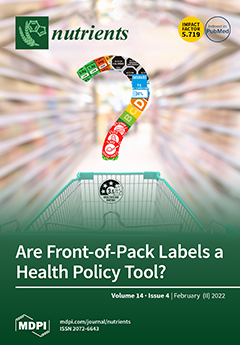Paraxanthine is a natural dietary ingredient and the main metabolite of caffeine in humans. Compared to caffeine, paraxanthine exhibits lower toxicity, lesser anxiogenic properties, stronger locomotor activating effects, greater wake promoting properties, and stronger dopaminergic effects. The purpose of this study was to
[...] Read more.
Paraxanthine is a natural dietary ingredient and the main metabolite of caffeine in humans. Compared to caffeine, paraxanthine exhibits lower toxicity, lesser anxiogenic properties, stronger locomotor activating effects, greater wake promoting properties, and stronger dopaminergic effects. The purpose of this study was to evaluate the potential beneficial effects of paraxanthine supplementation on muscle mass, strength, and endurance performance in comparison to the control and other ingredients commonly used by athletes: L-theanine, alpha-GPC, and taurine. Male Swiss Albino mice from five groups (
n = 8 per group) were orally administered paraxanthine (20.5 mg/kg/day, human equivalence dose (HED) 100 mg), L-theanine (10.28 mg/kg/day, HED 50 mg), alpha-GPC (41.09 mg/kg/day, HED 200 mg), taurine (102.75 mg/kg/day, HED 500 mg), or control (carboxy methyl cellulose) for 4 weeks. Exercise performance was evaluated using forelimb grip strength and treadmill endurance exercise. All animals were subject to treadmill training for 60 min 5 days per week. Blood draws were utilized to analyze lipid profile, liver health, renal function, and nitric oxide levels. Paraxanthine significantly increased forelimb grip strength by 17% (
p < 0.001), treadmill exercise performance by 39% (
p < 0.001), gastrocnemius and soleus muscle mass by 14% and 41% respectively (both
p < 0.001), and nitric oxide levels by 100% compared to control (
p < 0.001), while reducing triglyceride (
p < 0.001), total cholesterol (
p < 0.001), LDL (
p < 0.05), and increasing HDL (
p < 0.001) compared to control, and compared to L-theanine, alpha-GPC, and taurine. Results from this initial investigation indicate that, when compared to the control, L-theanine, alpha-GPC, and taurine, paraxanthine is an effective ingredient for various aspects of sports performance and may enhance cardiovascular health.
Full article


